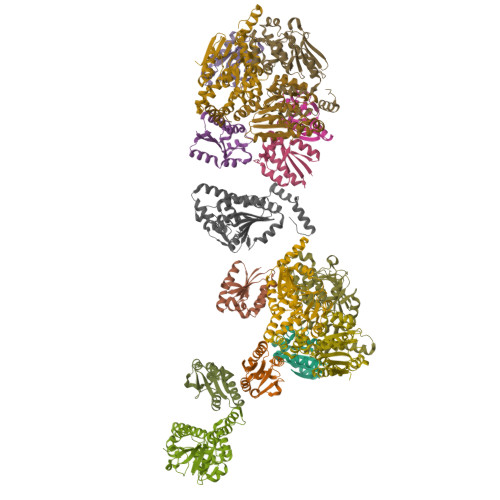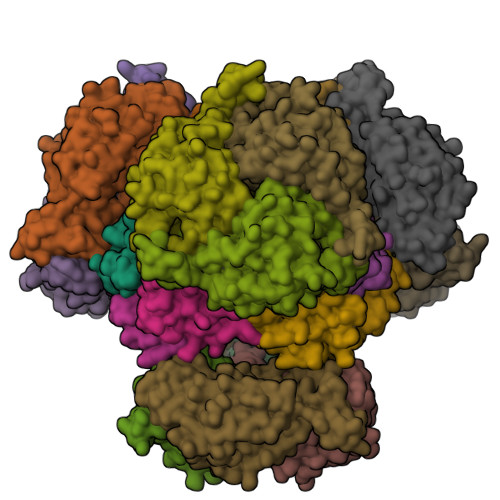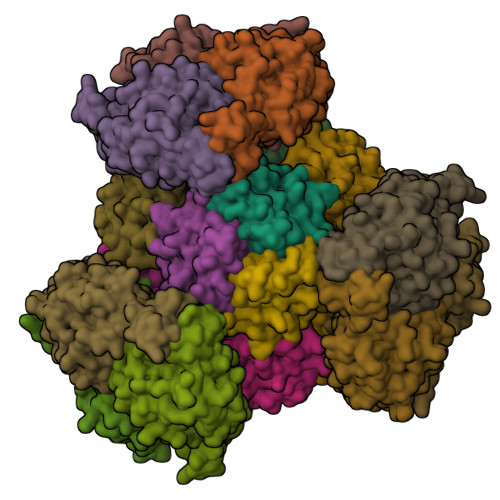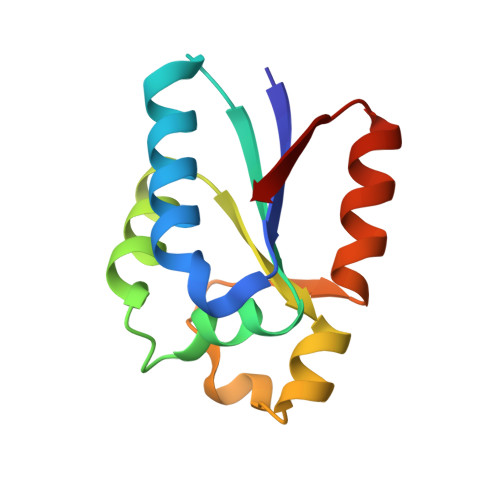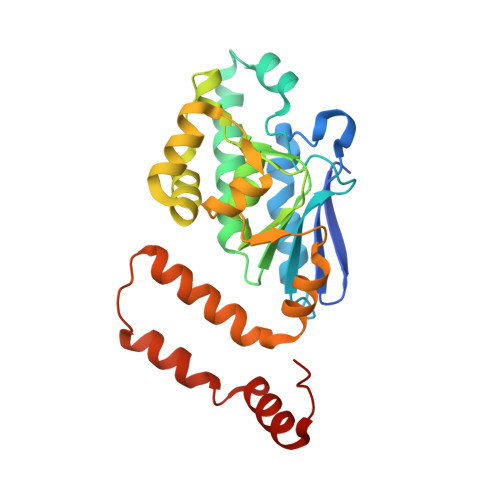A suite of designed protein cages using machine learning and protein fragment-based protocols.
Meador, K., Castells-Graells, R., Aguirre, R., Sawaya, M.R., Arbing, M.A., Sherman, T., Senarathne, C., Yeates, T.O.(2024) Structure 32: 751-765.e11
- PubMed: 38513658
- DOI: https://doi.org/10.1016/j.str.2024.02.017
- Primary Citation of Related Structures:
8UF0, 8UI2, 8UJA, 8UKM, 8UMP, 8UMR, 8UN1 - PubMed Abstract:
Designed protein cages and related materials provide unique opportunities for applications in biotechnology and medicine, but their creation remains challenging. Here, we apply computational approaches to design a suite of tetrahedrally symmetric, self-assembling protein cages. For the generation of docked conformations, we emphasize a protein fragment-based approach, while for sequence design of the de novo interface, a comparison of knowledge-based and machine learning protocols highlights the power and increased experimental success achieved using ProteinMPNN. An analysis of design outcomes provides insights for improving interface design protocols, including prioritizing fragment-based motifs, balancing interface hydrophobicity and polarity, and identifying preferred polar contact patterns. In all, we report five structures for seven protein cages, along with two structures of intermediate assemblies, with the highest resolution reaching 2.0 Å using cryo-EM. This set of designed cages adds substantially to the body of available protein nanoparticles, and to methodologies for their creation.
Organizational Affiliation:
Department of Chemistry and Biochemistry, University of California, Los Angeles, CA 90095, USA.








